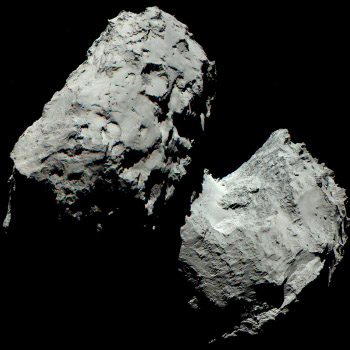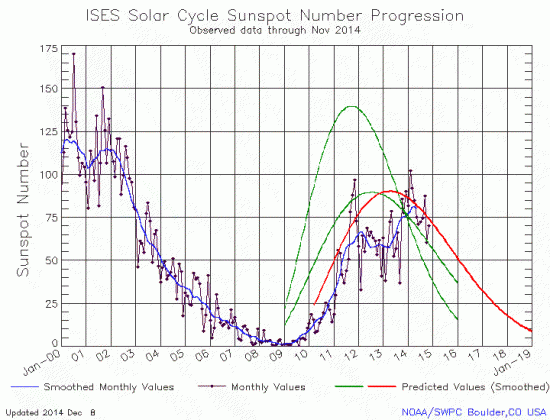New data says volcanoes, not asteroids, killed dinosaurs
The uncertainty of science: A careful updating of the geological timeline has strengthened the link between the dinosaur extinction 66 million years ago and a major volcanic event at that time.
A primeval volcanic range in western India known as the Deccan Traps, which were once three times larger than France, began its main phase of eruptions roughly 250,000 years before the Cretaceous-Paleogene, or K-Pg, extinction event, the researchers report in the journal Science. For the next 750,000 years, the volcanoes unleashed more than 1.1 million cubic kilometers (264,000 cubic miles) of lava. The main phase of eruptions comprised about 80-90 percent of the total volume of the Deccan Traps’ lava flow and followed a substantially weaker first phase that began about 1 million years earlier.
The results support the idea that the Deccan Traps played a role in the K-Pg extinction, and challenge the dominant theory that a meteorite impact near present-day Chicxulub, Mexico, was the sole cause of the extinction. The researchers suggest that the Deccan Traps eruptions and the Chicxulub impact need to be considered together when studying and modeling the K-Pg extinction event.
The general public might not know it, but the only ones in the field of dinosaur research that have said the asteroid was the sole cause of the extinction have been planetary scientists.
The uncertainty of science: A careful updating of the geological timeline has strengthened the link between the dinosaur extinction 66 million years ago and a major volcanic event at that time.
A primeval volcanic range in western India known as the Deccan Traps, which were once three times larger than France, began its main phase of eruptions roughly 250,000 years before the Cretaceous-Paleogene, or K-Pg, extinction event, the researchers report in the journal Science. For the next 750,000 years, the volcanoes unleashed more than 1.1 million cubic kilometers (264,000 cubic miles) of lava. The main phase of eruptions comprised about 80-90 percent of the total volume of the Deccan Traps’ lava flow and followed a substantially weaker first phase that began about 1 million years earlier.
The results support the idea that the Deccan Traps played a role in the K-Pg extinction, and challenge the dominant theory that a meteorite impact near present-day Chicxulub, Mexico, was the sole cause of the extinction. The researchers suggest that the Deccan Traps eruptions and the Chicxulub impact need to be considered together when studying and modeling the K-Pg extinction event.
The general public might not know it, but the only ones in the field of dinosaur research that have said the asteroid was the sole cause of the extinction have been planetary scientists.


